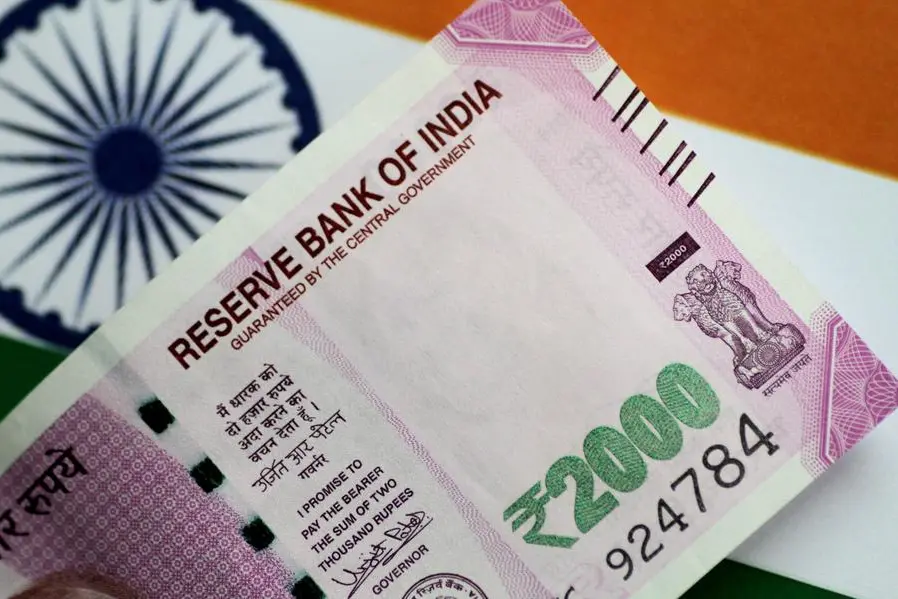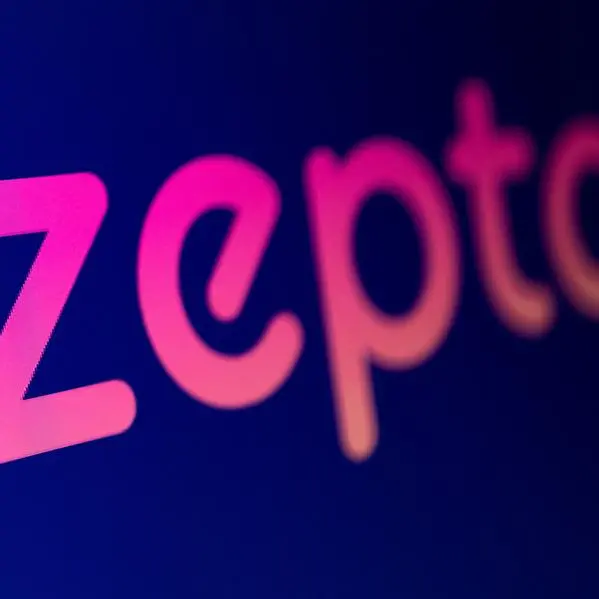PHOTO
The ultra-short-end of the Indian government bond yield curve looks attractive amid a liquidity deluge following the central bank withdrawing the 2,000-rupee currency note from circulation, a fund manager at Tata Asset Management said.
"We were constructive on the longer end of the curve, but at 7%, it now looks neutral in nature," said Akhil Mittal, senior fund manager at Tata Asset Management, which manages around 1 trillion rupees ($12.23 billion) of assets.
Indian bond yields with up to three-year maturity declined by around 10 basis points, while yields on the up to one-year duration papers have eased by around 15 bps, after the Reserve Bank of India's announcement to withdraw the country's highest denomination note from circulation on Friday.
"Cash management investors can come at the shorter end of the curve. Low duration funds would be the below one-year papers as this section should outperform liquid funds handsomely, so it makes sense to step up duration over there," Mittal said.
Liquid funds typically invest in up to three-month papers, while low duration funds can invest in papers with up to one-year maturity.
Mittal expects the RBI's move to lead to an increase in deposits of around 1.6 trillion rupees into the banking system, which is about 50% of the total outstanding 3.62 trillion rupees worth of 2000-rupee notes in circulation.
"...But this will not have a major impact on the 10-year part of the curve, and anyways market is very heavy at the longer end, and for that to move, we need some fundamental factor moving more."
Indian benchmark 7.26% 2033 bond yield was hovering around 7%, a level it broke below earlier this month, shrinking the spread with repo rate to below 50 basis points.
He further said that with easing inflation, bets of monetary policy easing will garner strength and would aid a fall in yields.
"We expect the RBI to provide strong indications for rate cuts in October-December quarter, and the actual rate cut may take place in December or February monetary policy decisions." ($1 = 81.7800 Indian rupees) (Reporting by Dharamraj Dhutia; Editing by Varun H K)





















